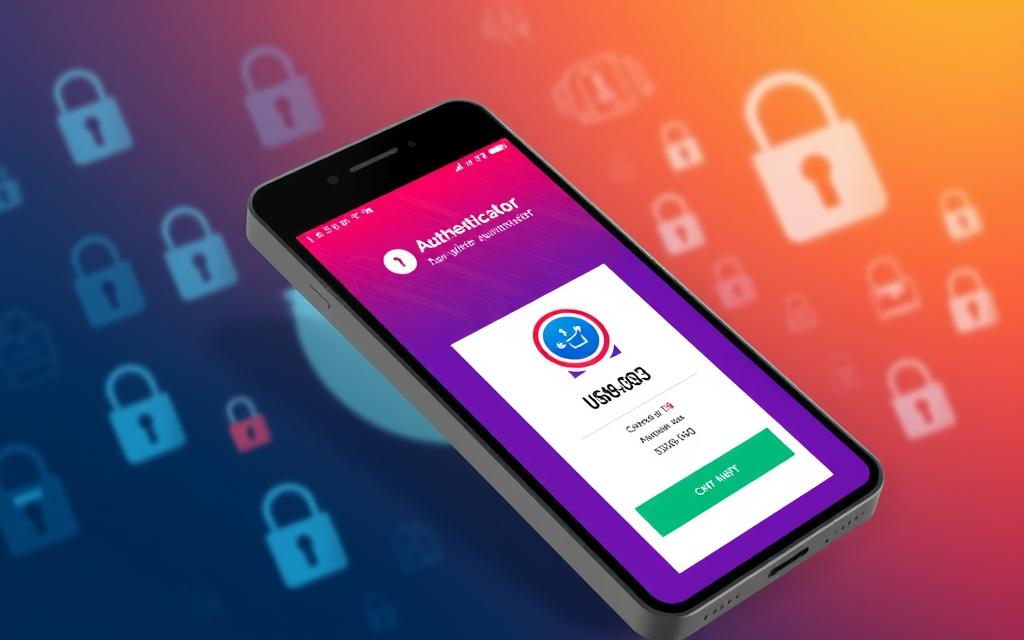How is Malware Installed By Visiting a Deivce – Discover how malware can be stealthily installed on your device through innocent-looking websites and learn essential prevention strategies to stay safe online. In our increasingly connected world, the question “How is malware installed by visiting a device?” has become more relevant than ever. As we browse the internet, stream content, and interact with various online platforms, we may unknowingly expose our devices to malicious software. This article will explore the intricate ways malware can infiltrate your system simply by visiting a website or clicking on a seemingly harmless link. We’ll delve into the techniques cybercriminals use, the types of malware you might encounter, and most importantly, how to protect yourself from these digital threats. Understanding Malware and Its Installation Methods Malware, short for malicious software, is a broad term encompassing various types of harmful programs designed to infiltrate, damage, or gain unauthorized access to a device or network. But how is malware installed by visiting a device? The process is often more subtle and sophisticated than many users realize. When you visit a website, your device interacts with the site’s server, downloading and executing various scripts and content. Cybercriminals exploit this interaction to sneak malware onto your device. They may compromise legitimate websites or create deceptive ones that appear harmless but are actually designed to distribute malware. Drive-by Downloads: The Silent Threat One of the most common ways malware is installed by visiting a device is through drive-by downloads. This method doesn’t require any action from the user beyond visiting an infected website. The malware exploits vulnerabilities in your browser, operating system, or installed plugins to automatically download and install itself on your device. Drive-by downloads are particularly dangerous because they can occur without your knowledge or consent. You might visit a legitimate website that has been compromised, and the malware will silently install itself in the background. This is why keeping your software and operating system up-to-date is crucial in preventing such attacks. Social Engineering Tactics Another answer to “How is malware installed by visiting a device?” involves social engineering. Cybercriminals often use psychological manipulation to trick users into downloading malware. They might create convincing pop-ups or alerts that appear to be from legitimate sources, prompting you to download a file or update your software. For example, you might see a pop-up claiming your device is infected and offering a free “antivirus” scan. If you click on it, you’re actually downloading the malware itself. These tactics prey on fear, curiosity, or a sense of urgency to bypass your natural caution. How is Malware Installed By Visiting a Deivce Malware can be installed on a device through various techniques, often exploiting software vulnerabilities or relying on user actions. Here’s a look at some common methods: Malicious Websites Simply visiting a compromised or malicious website can result in malware installation if the site uses attacks like drive-by downloads. These attacks exploit vulnerabilities in your browser or plugins (like Flash or Java). Phishing Emails Clicking on links or downloading attachments from phishing emails can lead to malware installation. These emails often appear legitimate to trick users into interacting with them. Software Vulnerabilities Outdated software, including operating systems, browsers, and applications, can have security vulnerabilities that attackers exploit to install malware without any user interaction. Malicious Advertisements (Malvertising) Some online ads are designed to automatically download malware when the ad is displayed, without needing user interaction. Downloads and Drive-By Downloads Accidentally downloading and opening files from untrusted websites can lead to malware infection. Drive-by downloads occur without your consent or knowledge. Bundled Software Downloading free software from untrusted sites sometimes comes bundled with malware. Always download from official or reputable sources. Infected External Devices Using infected USB drives or external devices can introduce malware to your computer. Social Engineering Attackers might trick users into installing malware by disguising it as legitimate software or updates. To protect against these threats, it is essential to keep your software updated, use antivirus programs, avoid clicking on suspicious links or opening untrusted attachments, and practice safe browsing habits. Types of Malware That Can Be Installed by Visiting a Device Understanding the types of malware that can be installed by visiting a device is crucial for recognizing potential threats. Let’s explore some of the most common types: 1. Viruses: These are malicious programs that replicate themselves and spread to other files or devices. 2. Trojans: Disguised as legitimate software, trojans create backdoors for cybercriminals to access your device. 3. Spyware: This type of malware secretly monitors your activities and collects sensitive information. 4. Ransomware: It encrypts your files and demands a ransom for their release. 5. Adware: While not always malicious, adware can be intrusive and sometimes leads to more dangerous malware. 6. Cryptojackers: These hijack your device’s resources to mine cryptocurrency without your knowledge. The Role of Exploit Kits in Malware Installation Exploit kits play a significant role in answering the question, “How is malware installed by visiting a device?” These are sophisticated tools used by cybercriminals to identify and exploit vulnerabilities in a visitor’s device. When you visit an infected website, the exploit kit scans your device for weaknesses in your browser, plugins, or operating system. Once a vulnerability is found, the exploit kit delivers the appropriate malware payload. This process happens quickly and silently, often without any visible signs to the user. Exploit kits are frequently updated to target newly discovered vulnerabilities, making them a persistent threat in the cybersecurity landscape. The Anatomy of a Malware Attack Through Website Visits To fully understand how malware is installed by visiting a device, it’s helpful to break down the process step by step: 1. Compromised Website: The attack begins with a compromised website. This could be a legitimate site that has been hacked or a malicious site designed to look trustworthy. 2. Initial Contact: When you visit the compromised site, your browser sends a request to the server for the website content. 3. Malicious Script Delivery: Along





